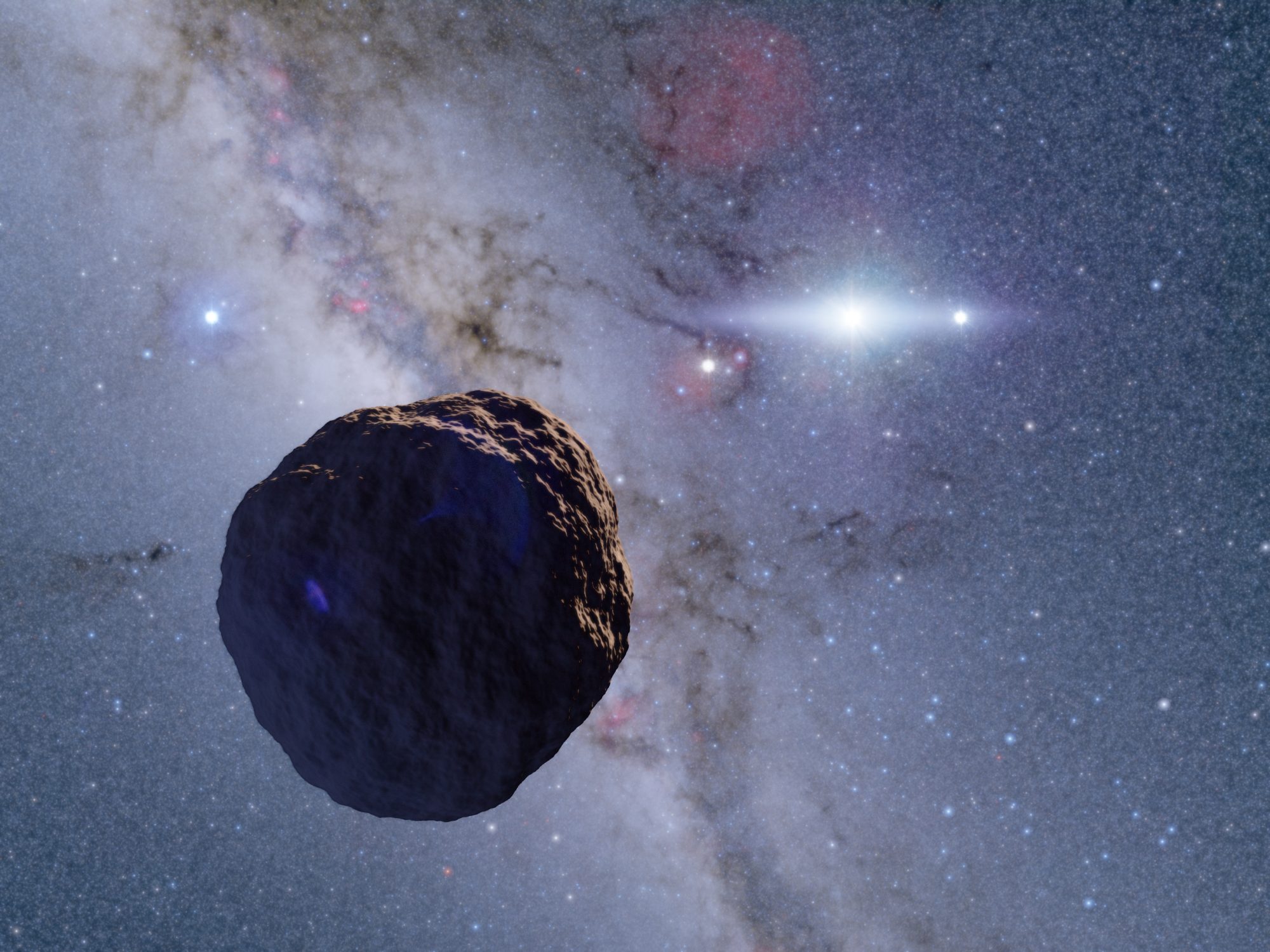Missing member of planetary development discovered in the Kuiper belt
Beyond the orbit of Neptune, at approximately 30 to 50 astronomical units (AU, distance from the Earth to the Sun) from our central star, there are numerous small, medium, and large objects. They form the Kuiper belt – the waste dump for our Solar System, because the matter in this region couldn’t coalesce to form a proper planet. If current theory for planetary development is correct, the belt must contain bodies of all possible sizes.
The problem: first you have to find them. Larger objects like the dwarf planet Pluto can still be detected with telescopes. Smaller objects, however, are too faint. To find them, you have to wait until they pass, by chance, across the line of sight from a star to the Earth (occultation). When this happens, for a moment the object weakens the light of the star – and their size can then be calculated from the amount of weakening.
Japanese astronomers have now successfully done this, as reported in Nature Astronomy. After 60 hours of observing 2000 stars, they identified an approx. 1.3-kilometer (0.75-mile) diameter object in the Kuiper belt – a size that was previously considered a missing member of planetary development. They also calculated the density of objects with diameters greater than 1.2 kilometers (0.8 miles) to be 60,000 for every square degree of sky. The discovery was made with two 28-cm (11-inch) amateur telescopes.
